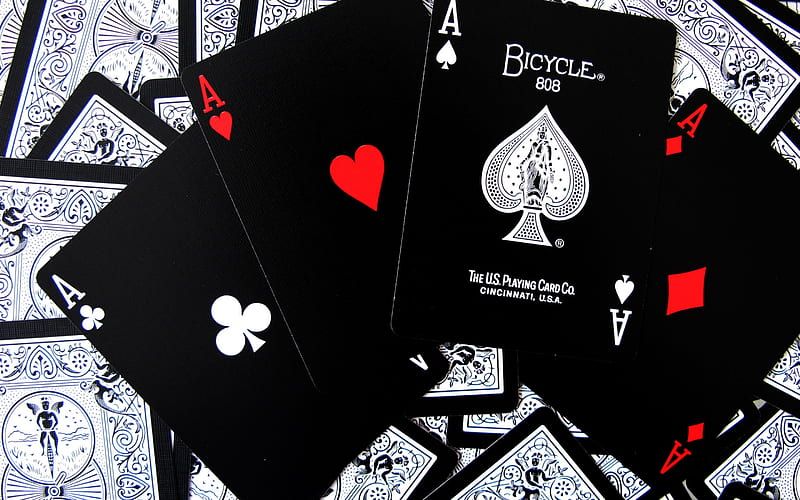

A standard deck contains 52 cards divided equally into four suits: Hearts, Clubs, Spades, and Diamonds. Each suit has 13 cards, which include numbered cards from 2 to 10, and four face cards — Jack, Queen, King, and Ace.
Diamond cards are one of the four suits found in a standard deck of playing cards, easily recognized by their bright red diamond-shaped symbol. Alongside hearts, spades, and clubs, diamonds form an integral part of card games around the world. The red color of the diamonds makes them visually distinct from the black suits, spades and clubs, helping players quickly identify and organize their hands during gameplay.
Historically, the diamond suit is believed to represent the merchant class, symbolizing wealth, prosperity, and material success. This association adds a layer of richness and meaning to the cards, making diamonds more than just a simple suit—they carry cultural significance and tradition passed down through generations of card players.
In many card games such as poker, bridge, and rummy, diamonds play an important strategic role. Players often pay close attention to diamond cards because their presence can influence betting decisions, hand rankings, and overall gameplay. Whether you hold a high-value diamond like the Ace or King or a combination that completes a flush, understanding the diamond suit’s significance can improve your chances of winning.
Collectors and card enthusiasts also appreciate the aesthetic appeal of diamond cards. The sharp, geometric shape combined with the vibrant red color gives the suit a bold and elegant look, often inspiring unique deck designs.
Overall, diamond cards are much more than just symbols on paper; they embody tradition, strategy, and visual appeal that enrich the experience of playing cards.

Diamond cards often carry significant strategic value depending on the card game being played. As one of the four suits in a standard deck, diamonds can influence gameplay in powerful ways. In Poker, for instance, the Ace of Diamonds is considered a strong high card and can be part of winning hands such as a straight, flush, or even a royal flush. Holding high-ranking diamond cards during a hand may give a player a considerable edge, especially when forming valuable combinations.
In Bridge, the role of diamonds can be even more crucial. Depending on the bidding and contract, diamonds may become the trump suit, giving them elevated power over other suits in the game. When diamonds are trumps, even a low diamond card can win a trick over a higher card from another suit, changing the outcome of a round entirely.
The value of diamond cards is not fixed—it shifts based on the game rules, the situation, and how well the player understands the strategic role each card can play. Whether used to complete flushes in Poker or as a dominating suit in Bridge, diamond cards are often at the heart of big decisions and bold plays.
